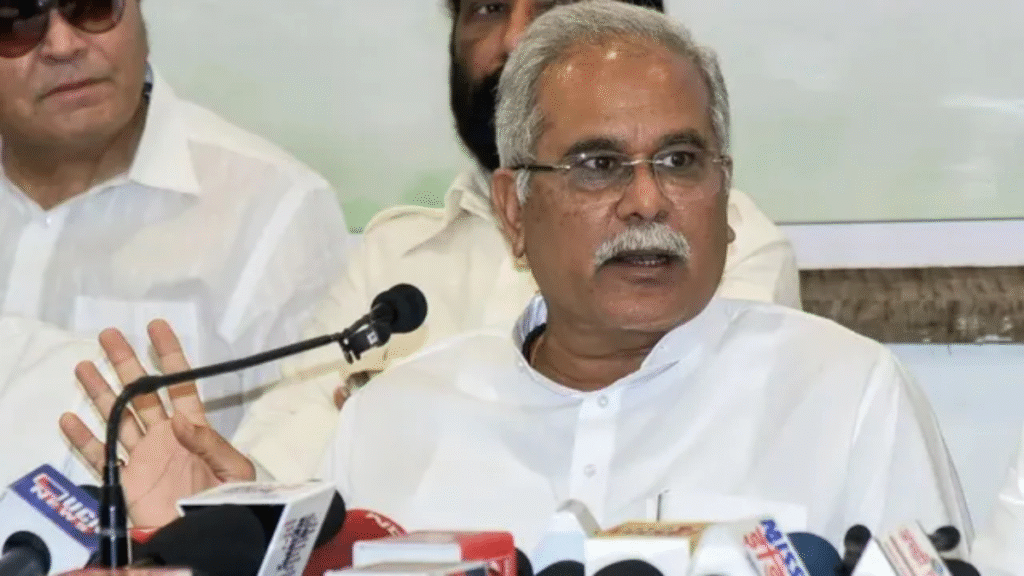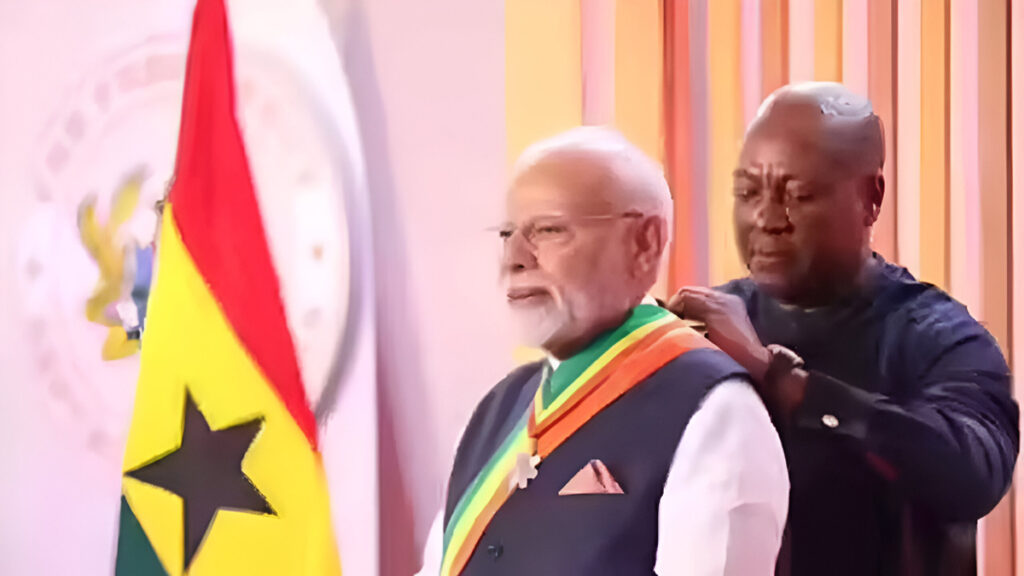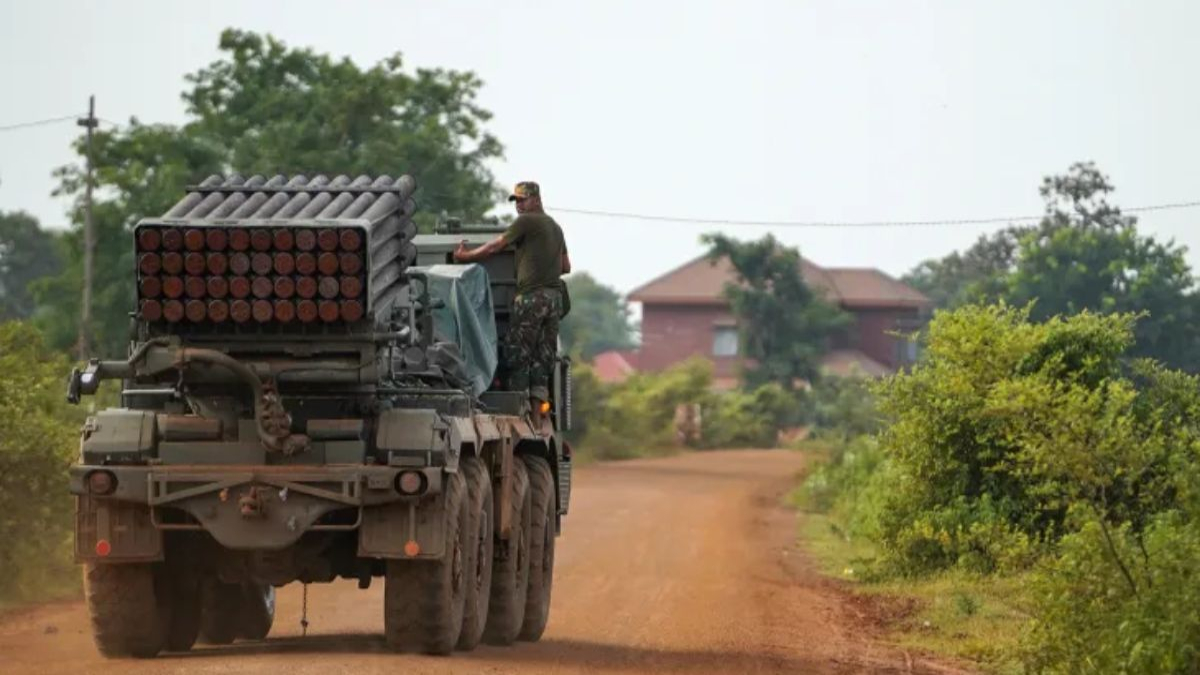Now Reading: PM Modi Honors Chola Legacy with New Coin, Statues in Tamil Nadu
-
01
PM Modi Honors Chola Legacy with New Coin, Statues in Tamil Nadu
PM Modi Honors Chola Legacy with New Coin, Statues in Tamil Nadu

In a significant move to honor India’s rich historical and cultural legacy, Prime Minister Narendra Modi today unveiled a commemorative coin dedicated to Emperor Rajendra Chola I at a grand ceremony in Gangaikonda Cholapuram, Ariyalur district, Tamil Nadu. The event, held as part of the Aadi Thiruvathirai festival, not only marked the birth anniversary of the revered Chola emperor but also celebrated 1,000 years since his legendary maritime expedition to Southeast Asia and the commencement of the iconic Gangaikonda Cholapuram temple’s construction.
During his address, Prime Minister Modi paid glowing tributes to the Chola dynasty, hailing their era as one of the “golden ages of India.” He underscored the immense contributions of Chola emperors like Rajaraja Chola and his son Rajendra Chola I, stating that their legacy is “synonymous with India’s identity and pride.”
A major announcement from the Prime Minister was the upcoming installation of grand statues of both Rajaraja Chola and Rajendra Chola I in Tamil Nadu. These statues, he stated, would serve as “modern pillars of India’s historical consciousness,” reminding future generations of the unparalleled achievements of these visionary rulers.
The commemorative coin, a tangible symbol of national recognition, highlights Rajendra Chola I’s profound impact on Indian history. The emperor, who reigned from 1014 to 1044 CE, was renowned for his military prowess, naval conquests, and administrative acumen. His expedition to the Gangetic plains, which earned him the title “Gangaikondan” (the one who took the Ganga), and his extensive maritime trade and cultural links across Southeast Asia, cemented the Chola Empire’s influence as a formidable power. The Gangaikonda Cholapuram temple itself, a UNESCO World Heritage Site, stands as a testament to his architectural vision and unwavering devotion to Shaivism.
Speaking on the occasion, Prime Minister Modi emphasized that the Chola Empire’s history provides an “ancient roadmap” for India’s aspirations to become a developed nation. He drew parallels between the Chola’s emphasis on unity, naval strength, and democratic traditions with modern India’s goals. He specifically referenced the “kudavolai” system of local elections prevalent in the Chola period, highlighting it as an early form of participatory democracy that predates concepts like the Magna Carta.
The Prime Minister also highlighted his government’s commitment to preserving and promoting India’s cultural heritage. He noted the successful repatriation of over 600 ancient artifacts, including 36 from Tamil Nadu, that had been stolen and sold abroad. Furthermore, he mentioned initiatives like the Kashi Tamil Sangamam and Saurashtra Tamil Sangamam as efforts to reinforce the centuries-old bonds of cultural unity within India, mirroring the Chola rulers’ efforts to weave India into a thread of cultural unity.
The ceremony at Gangaikonda Cholapuram was steeped in tradition, with spiritual hymns (Thevaram) rendered by Odhuvars (Shaivite gurus) and a special concert by legendary music maestro Ilaiyaraaja, whose compositions from the “Thiruvasagam” captivated the audience. Prime Minister Modi, dressed in traditional Tamil attire, offered prayers at the Brihadisvara Temple, performing ‘abhishekam’ with sanctified water brought from the Ganga in Varanasi, a symbolic gesture reflecting Rajendra Chola’s historic feat.
This unveiling and announcement not only underscore the government’s focus on reclaiming and celebrating India’s glorious past but also serve as a powerful reminder of the enduring legacy of the Chola dynasty, whose contributions continue to inspire and shape the nation’s identity.









